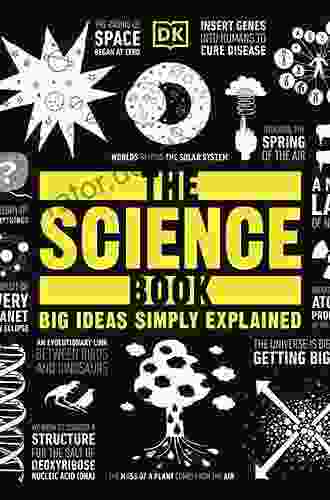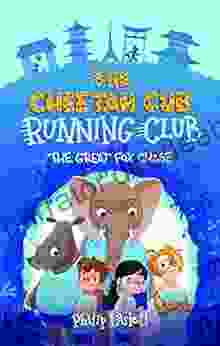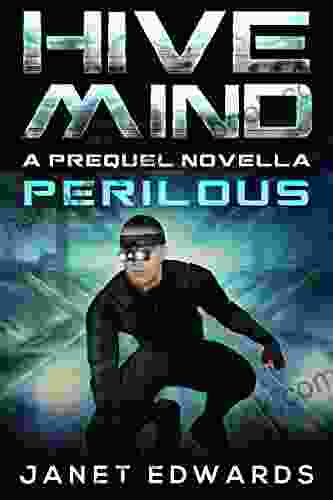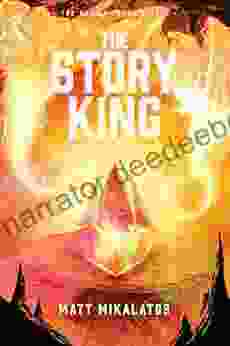A Comprehensive Guide to Science Design and Use

5 out of 5
| Language | : | English |
| File size | : | 6811 KB |
| Text-to-Speech | : | Enabled |
| Screen Reader | : | Supported |
| Enhanced typesetting | : | Enabled |
| Word Wise | : | Enabled |
| Print length | : | 405 pages |
Science is a process of inquiry that uses observation, experimentation, and hypothesis testing to build a body of knowledge about the natural world. The scientific method is a systematic approach to conducting scientific research that can be used to answer questions about the world around us.
The first step in the scientific method is to make an observation. This observation can be about anything, from the weather to the behavior of animals. Once you have made an observation, you can start to develop a hypothesis. A hypothesis is a possible explanation for the observation that you have made.
Once you have developed a hypothesis, you can start to design an experiment to test your hypothesis. The experiment should be designed to test your hypothesis and to rule out other possible explanations for your observation.
Once you have conducted your experiment, you can collect and analyze your data. The data can be used to support or refute your hypothesis. If your hypothesis is supported by the data, you can then start to develop a theory. A theory is a well-supported explanation for a natural phenomenon.
The scientific method is a powerful tool that can be used to answer questions about the natural world. By following the scientific method, you can ensure that your research is valid and reliable.
Planning Your Experiment
The first step in the scientific method is to plan your experiment. This involves deciding what you want to test, how you are going to test it, and how you are going to collect and analyze your data.
When planning your experiment, it is important to consider the following factors:
- Your hypothesis: What are you trying to prove or disprove with your experiment?
- Your variables: What factors are you going to change in your experiment (independent variables) and what factors are you going to measure (dependent variables)?
- Your controls: What conditions will you keep the same in your experiment so that you can isolate the effects of your independent variables?
- Your sample size: How many subjects or observations will you need to collect in order to have a valid experiment?
- Your data collection methods: How are you going to collect your data?
- Your data analysis methods: How are you going to analyze your data to test your hypothesis?
Once you have considered all of these factors, you can start to write your experimental protocol. The experimental protocol is a detailed plan of your experiment that outlines all of the steps that you will take.
Collecting and Analyzing Your Data
Once you have conducted your experiment, you can start to collect and analyze your data. The data can be collected in a variety of ways, depending on the type of experiment you are conducting.
Once you have collected your data, you can start to analyze it. The data can be analyzed using a variety of statistical methods, depending on the type of data you have collected.
The results of your data analysis can be used to support or refute your hypothesis. If your hypothesis is supported by the data, you can then start to develop a theory. A theory is a well-supported explanation for a natural phenomenon.
Science in Action
Science is used in a variety of fields, including medicine, engineering, and technology. Scientists use the scientific method to develop new drugs, design new products, and solve problems.
Here are a few examples of how science is used in the real world:
- Medicine: Scientists use the scientific method to develop new drugs and treatments for diseases. For example, scientists used the scientific method to develop the polio vaccine.
- Engineering: Scientists use the scientific method to design new products and technologies. For example, scientists used the scientific method to design the airplane.
- Technology: Scientists use the scientific method to solve problems and develop new technologies. For example, scientists used the scientific method to develop the computer.
Science is a powerful tool that can be used to answer questions about the natural world and solve problems. The scientific method is a systematic approach to conducting scientific research that can be used to build a body of knowledge about the natural world.
By following the scientific method, you can ensure that your research is valid and reliable. The scientific method is a valuable tool that can be used to make a difference in the world.
5 out of 5
| Language | : | English |
| File size | : | 6811 KB |
| Text-to-Speech | : | Enabled |
| Screen Reader | : | Supported |
| Enhanced typesetting | : | Enabled |
| Word Wise | : | Enabled |
| Print length | : | 405 pages |
Do you want to contribute by writing guest posts on this blog?
Please contact us and send us a resume of previous articles that you have written.
 Page
Page Chapter
Chapter Text
Text Story
Story Genre
Genre Library
Library Paperback
Paperback E-book
E-book Shelf
Shelf Bibliography
Bibliography Foreword
Foreword Preface
Preface Annotation
Annotation Footnote
Footnote Manuscript
Manuscript Codex
Codex Bestseller
Bestseller Library card
Library card Narrative
Narrative Autobiography
Autobiography Memoir
Memoir Reference
Reference Dictionary
Dictionary Catalog
Catalog Card Catalog
Card Catalog Borrowing
Borrowing Archives
Archives Study
Study Lending
Lending Reserve
Reserve Journals
Journals Reading Room
Reading Room Rare Books
Rare Books Special Collections
Special Collections Literacy
Literacy Dissertation
Dissertation Reading List
Reading List Book Club
Book Club Theory
Theory Textbooks
Textbooks Kim Loraine
Kim Loraine Jiankun Sun
Jiankun Sun Alex Capshaw Taylor
Alex Capshaw Taylor Austin Choi Fitzpatrick
Austin Choi Fitzpatrick Marty Jones
Marty Jones Kim Fay
Kim Fay Gustavo Duque
Gustavo Duque Alexis Taylor
Alexis Taylor Marjorie Weinman Sharmat
Marjorie Weinman Sharmat Gregory Long
Gregory Long G Ecova
G Ecova Carmine Appice
Carmine Appice Janet Edwards
Janet Edwards Marvin R Goldfried
Marvin R Goldfried Frank Thoms
Frank Thoms Samantha Hunt
Samantha Hunt R Murray Schafer
R Murray Schafer Dorothea Chan
Dorothea Chan George Pintar
George Pintar Frank Kane
Frank Kane
Light bulbAdvertise smarter! Our strategic ad space ensures maximum exposure. Reserve your spot today!

 Patrick HayesDelving into the Timeless Melodies of the Old Time Gospel Songbook: A Musical...
Patrick HayesDelving into the Timeless Melodies of the Old Time Gospel Songbook: A Musical...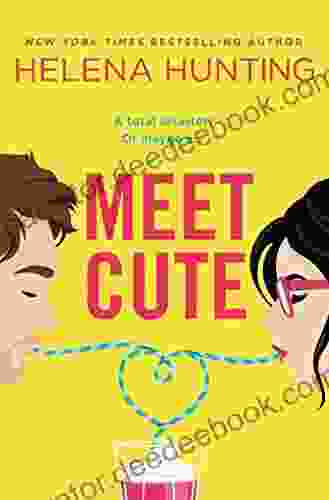
 Vincent MitchellMeet Cute: Helena Hunting - A Captivating Story of Modern Love and Second...
Vincent MitchellMeet Cute: Helena Hunting - A Captivating Story of Modern Love and Second... Albert ReedFollow ·8.9k
Albert ReedFollow ·8.9k Henry David ThoreauFollow ·17.6k
Henry David ThoreauFollow ·17.6k Salman RushdieFollow ·2.9k
Salman RushdieFollow ·2.9k Fred FosterFollow ·8.7k
Fred FosterFollow ·8.7k Emilio CoxFollow ·9.6k
Emilio CoxFollow ·9.6k Deion SimmonsFollow ·18.1k
Deion SimmonsFollow ·18.1k Darius CoxFollow ·5.5k
Darius CoxFollow ·5.5k Neil GaimanFollow ·5.6k
Neil GaimanFollow ·5.6k

 Abe Mitchell
Abe MitchellUnveiling the Urban Cheating Rich System: A Comprehensive...
In today's complex and ever-evolving urban...
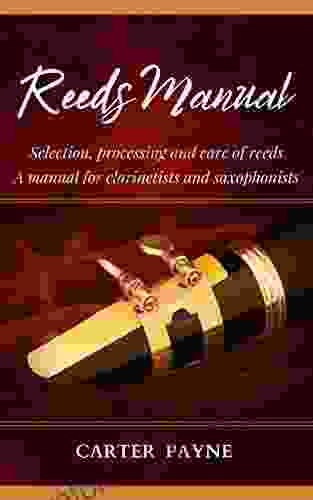
 Preston Simmons
Preston SimmonsSelection, Processing, and Care of Reeds: A Comprehensive...
Reeds are essential...

 Rob Foster
Rob FosterKeeper of the Grail: The Youngest Templar
Prologue: A Sacred...
5 out of 5
| Language | : | English |
| File size | : | 6811 KB |
| Text-to-Speech | : | Enabled |
| Screen Reader | : | Supported |
| Enhanced typesetting | : | Enabled |
| Word Wise | : | Enabled |
| Print length | : | 405 pages |


